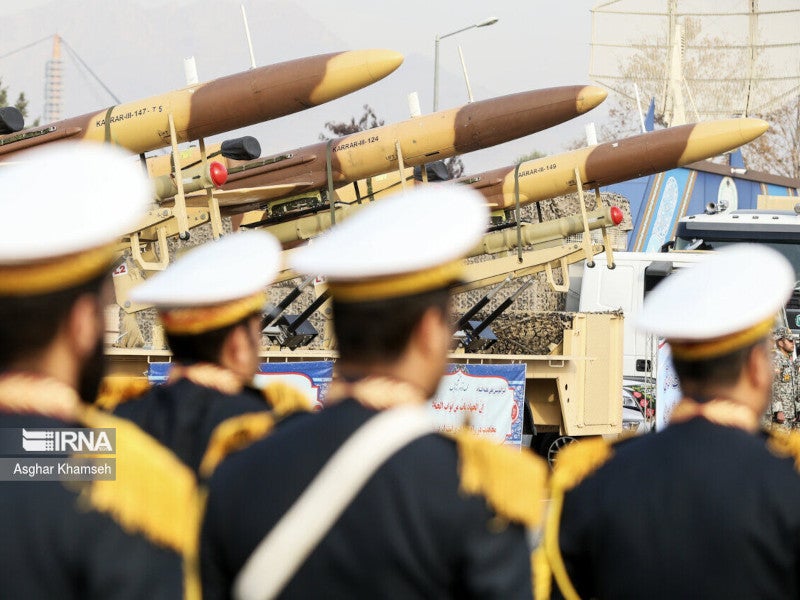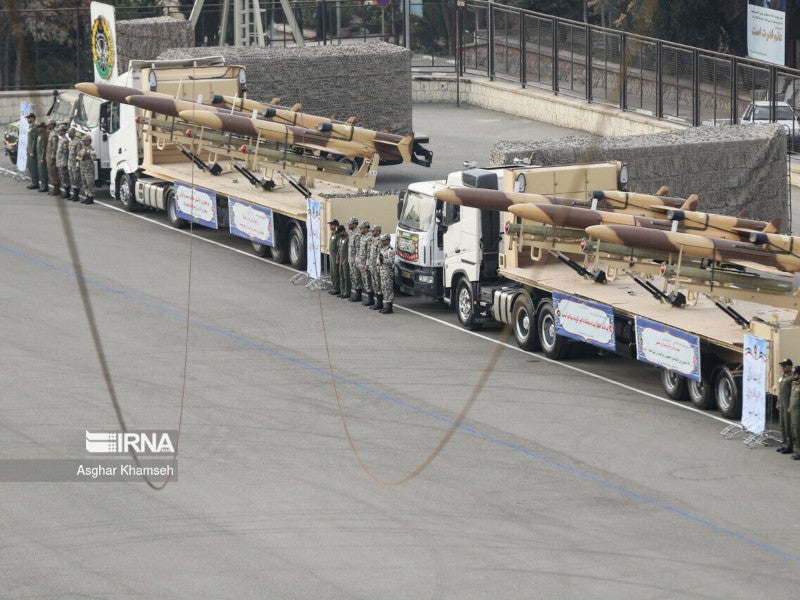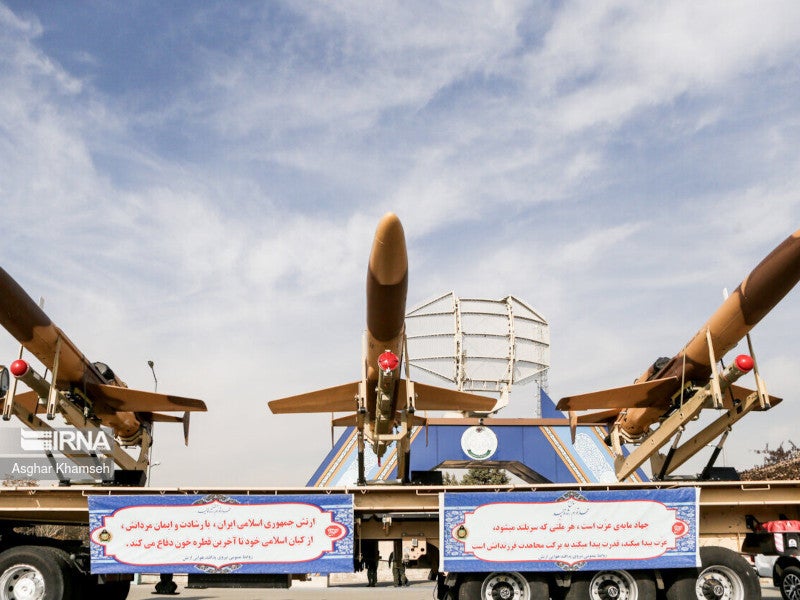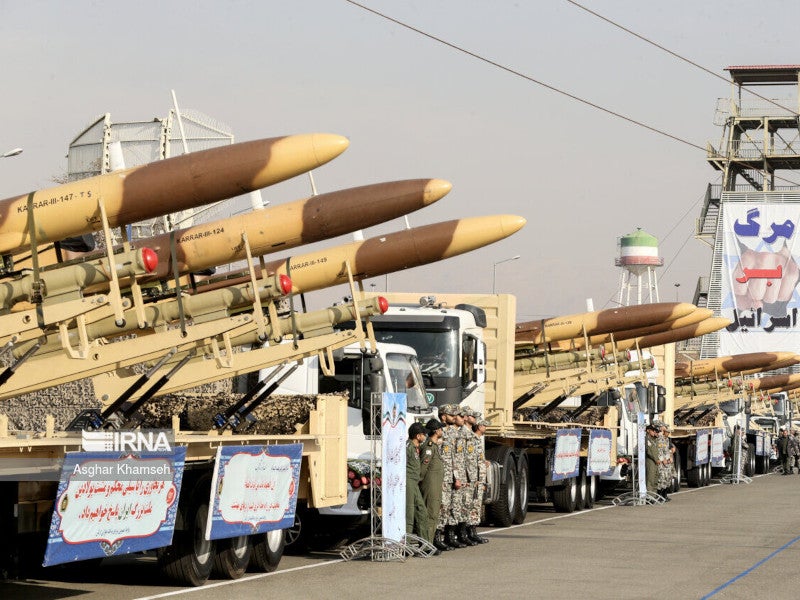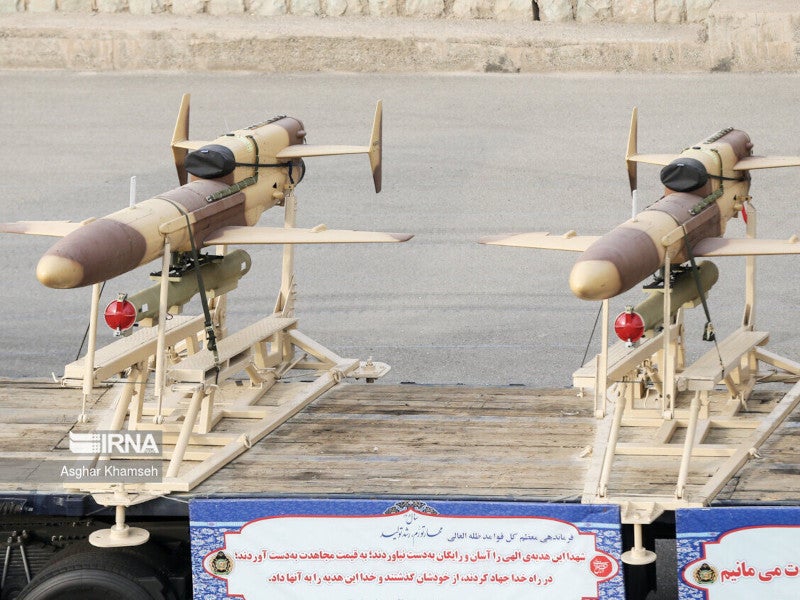The Karrar unmanned aerial vehicle (UAV) was developed by Iran Aircraft Manufacturing Industrial Company (HESA), which specialises in military and civilian aircraft and UAVs.
Designed for striking and reconnaissance missions, the drone was first introduced in 2010 for the Iranian Army. The Karrar drones are primarily operated as targeting drones for Iran’s air defence systems, rather than as offensive strikers.
An upgraded version of the Karrar drone was unveiled in 2023. The new drone can detect and engage hostile airborne threats using indigenous air-to-air missiles.
The new Karrar drones were inducted into the Iranian Army in December 2023 and integrated into the country’s air defence systems along all border regions, enabling the interception and elimination of aerial threats at a reduced cost compared to manned fighter jets.
Karrar combat drone development details
The upgraded Karrar drone was developed as part of the Rasoul drone plan, an air defence weapons modernisation programme, and comprised nine stages of comprehensive field tests and flight operations.
The Iranian Army conducted a successful test of the Azarakhsh air-to-air missile from the Karrar drone during military exercises in January 2021. The hypothetical targets were destroyed by a missile equipped with a 500lb bomb.
Karrar bomber drones successfully targeted and destroyed target objects using 500lb bombs during the Velayat aerial drills in July 2023, a task typically carried out by F4 and F5 fighter jets.
Following in-depth research and field studies, the Majid surface-to-air missile was selected as the optimal choice to be mounted on the Karrar drone. Its performance was assessed through ground and flight testing.
The Majid air defence system was developed to address the increasing demand within the armed forces for countering low-altitude threats such as small aircraft and cruise missiles and can be deployed across different platforms.
The system can be installed with small missiles and an electro-optical system for target detection and identification.
The Karrar drone, equipped with the Majid missile and a warhead, effectively carried out its mission as planned, successfully targeting a designated drone in an exercise conducted in December 2023.
The Iranian military tested the drone system during drills during the same month.
Karrar combat drone features
The original Karrar drone is equipped with a thermal missile capable of reaching targets up to 8km away. The drone has a range of 1,000km, a speed of 900km/h, a payload capacity of 500kg, and an operational altitude ceiling ranging between 7.5km and 12km.
The specifications of the upgraded drone have not been disclosed, except for the increased operational altitude ceiling of 15km.
The Karrar drone can conduct air-to-ground strikes and be deployed in suicide missions, effectively functioning as a cruise missile.
Furthermore, the drone boasts a range of capabilities, including the capacity to transport and deploy bombs for target destruction, as well as the ability to fly at high speeds over long distances.
Propulsion capabilities of the Karrar drone
The Karrar drone uses a turbojet engine design that combines features from US Beechcraft drones and South African Denel Dynamics Skua drones, according to United Against Nuclear Iran (UANI), a bipartisan, non-profit advocacy organisation based in the US.
Armament capabilities of the Karrar drone
The original Karrar drone could be equipped with a variety of weapon systems such as a 250kg bomb, two smaller bombs that together weigh 250kg, or four anti-ship cruise missiles with a range of 25km.
The upgraded Karrar drone demonstrated its ability to accurately deploy 500lb bombs on ground targets during military exercises.

